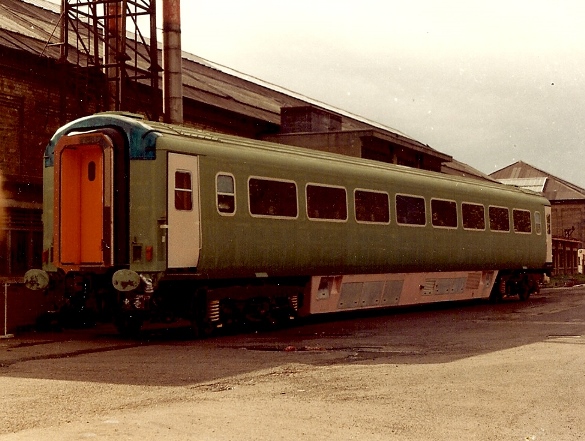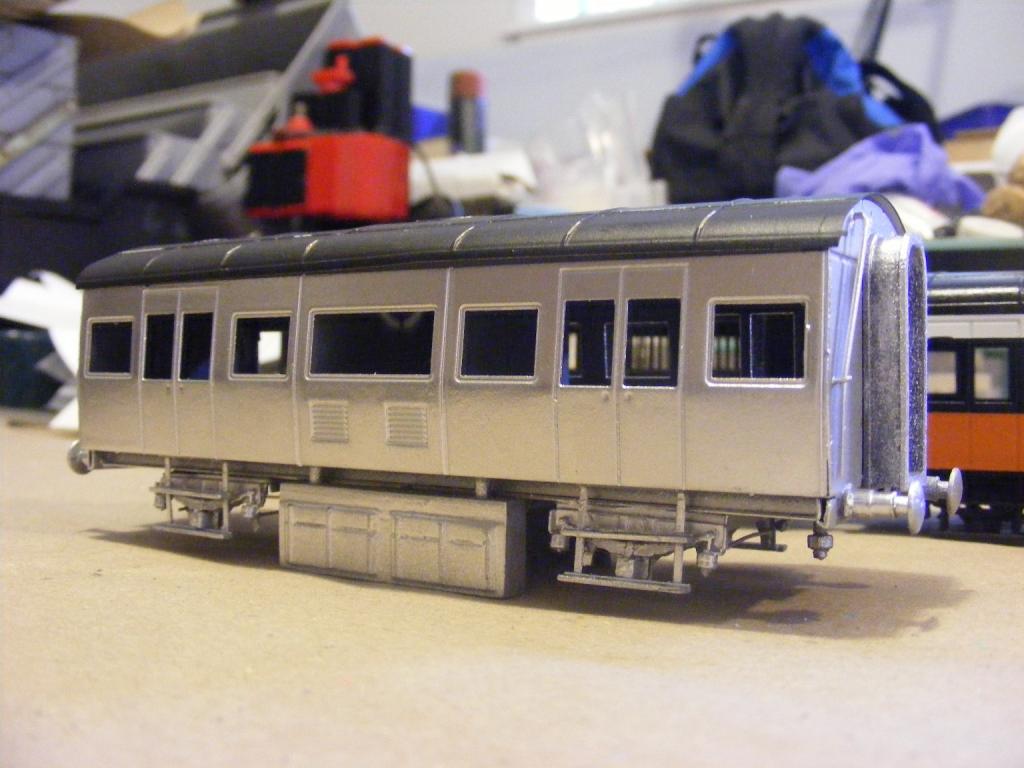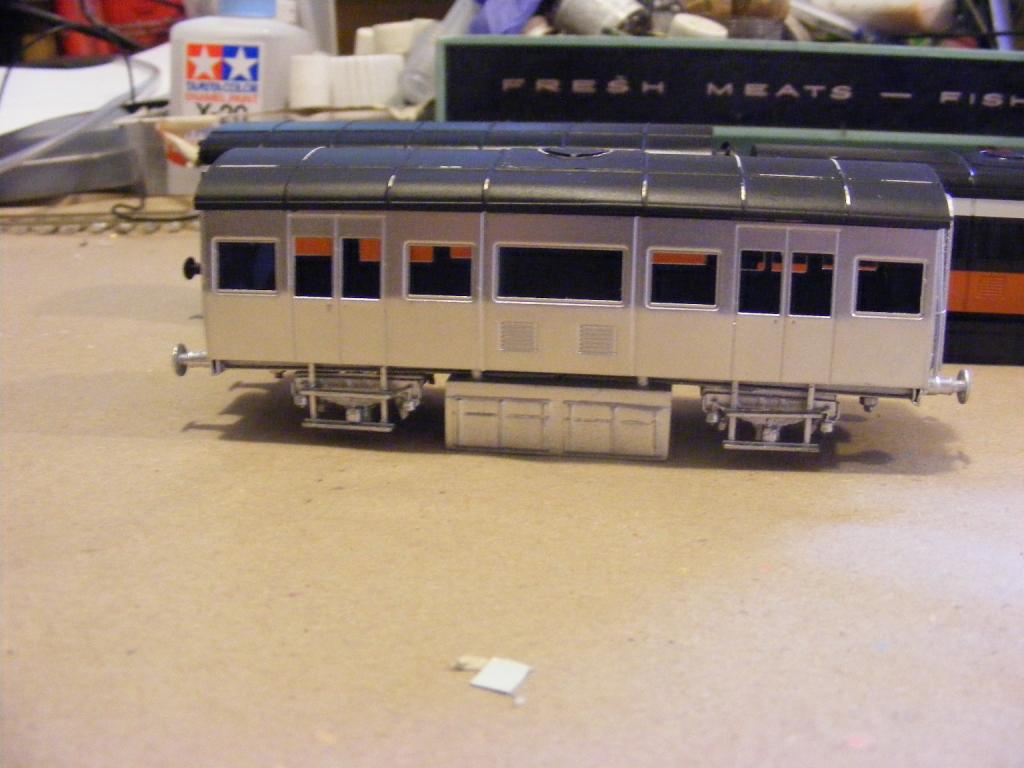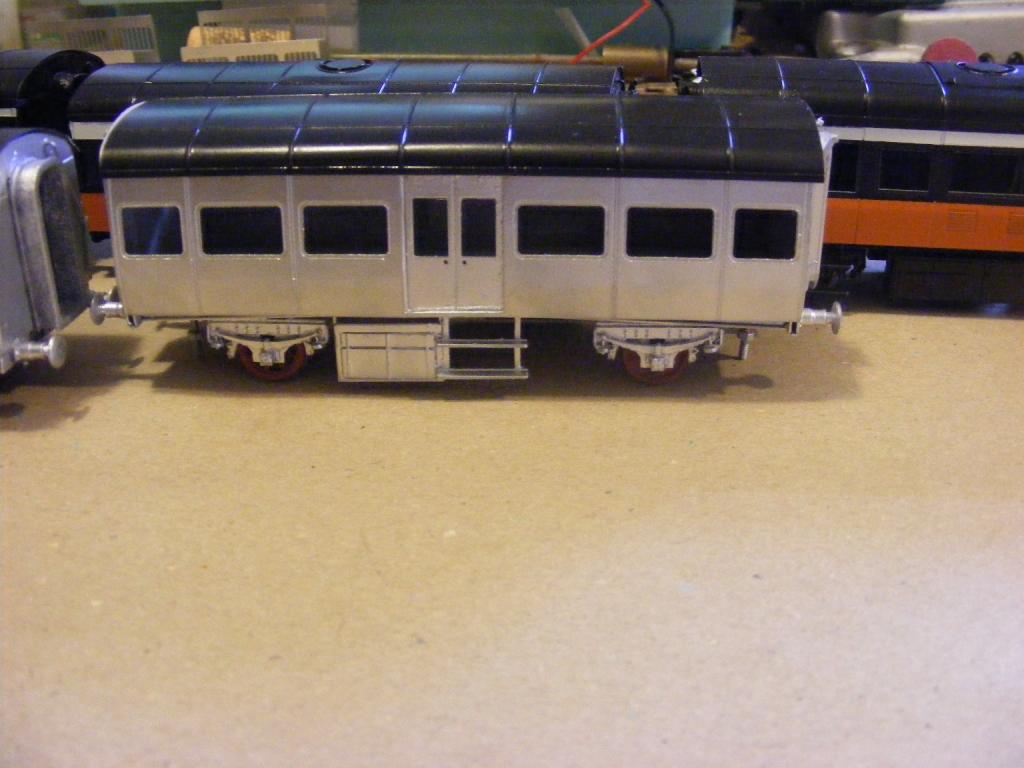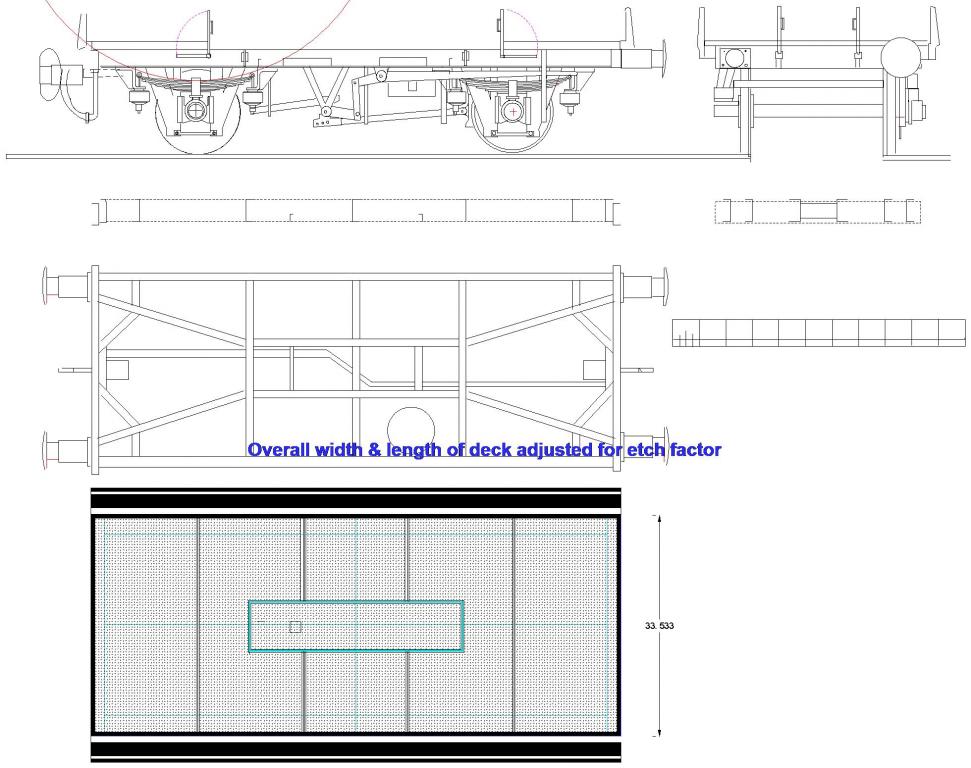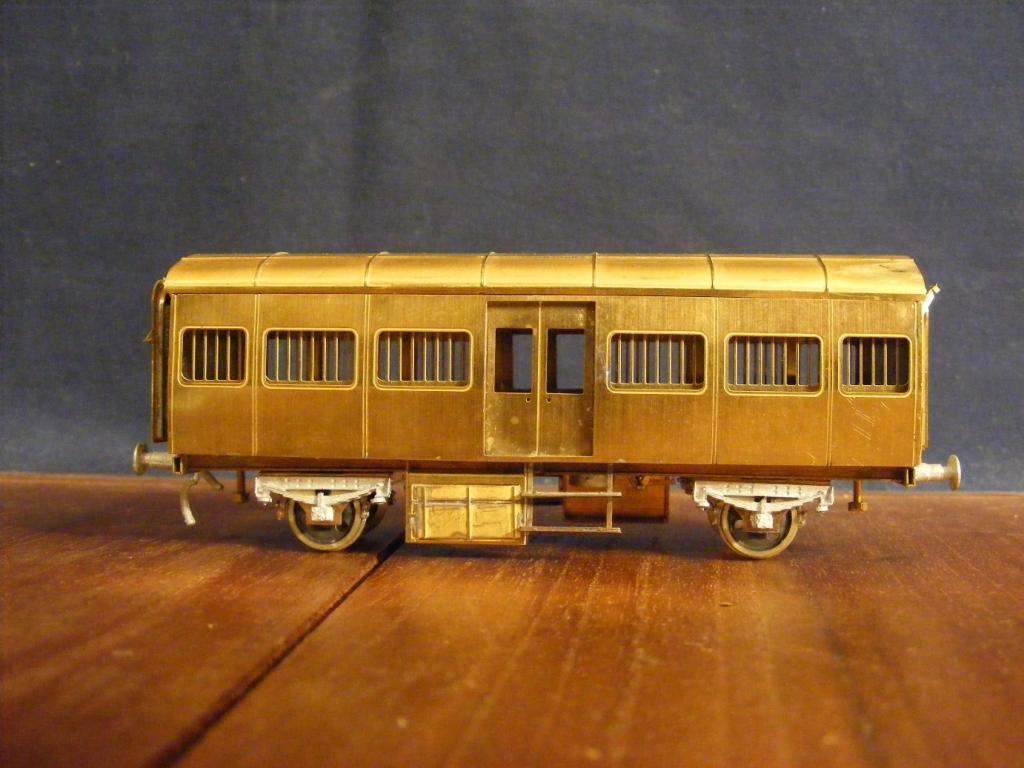-
Posts
4,851 -
Joined
-
Last visited
-
Days Won
119
Content Type
Profiles
Forums
Events
Gallery
Blogs
Store
Community Map
Everything posted by Mayner
-
Great looking uncluttered railway room & viaduct Interestingly the Lyttleton-Christchurch line was originally built to the Irish 5'3" gauge. I suppose you could end up with pairs of 141s working the coalies to an from t ort while the DXBs are serviced and re-fuelled at Middleton Yard.
-
Used to be one of my favourite spots watching a B141 and a couple of laminates threading its way across from Glanmire Road onto the old Cork & Youghal formation. Really captures the atmosphere of the area.
-

Just a memory - Phibsboro Modellers Shop
Mayner replied to Sulzer201's question in Questions & Answers
The W&H was a bit like Walthers in the States both a manufacturer and distributor the catalogue listed most of the kits and bits available in the UK. The catalogue used to be available from both Southern Model Railways & Monch Place. Kieran McGowan used to get a bit of free advertising by stamping everything sold from Monch Place -
Looks suspiciously like Mallow beet factory sidings.
-
Id say the sergeant is a Roscommon man held back from promotion for 30 years after summoning the Commissioner & Minister of Justiceor after hours drinking. By right should also have an Inspector from the HSA & someone from the RSC and a gaggle of Senior Civil Servants arguing over Jurisdiction. Always happens in cases like this
-
Tralee Mail Train GSWR 6 wheeler in black and tan, tin and bogie vans in green & silver
-
First couple of sets brought in RTR from the UK in 93, floor, bodyside and roof jigs supplied by BREL and remaining main line and push-pull sets built at Inchacore. I think the coach body shells were basically scratchbuilt at Inchacore with bogies and other fittings supplied in kit form.
-
-
171 under overhaul at Shildon Restoration I like the sack barrow in GNR Blue.
-
Apparently allowed on the Continent probably ok for lifting along the centre line of the crane, but don't attempt to slew unless the outriggers are fully extended otherwise http://www.youtube.com/watch?v=cz22Wty5Rks. If it clipped I would imagine a steam railway crane would take the track panel with it if it overturned. It doesn't take much in the way of lad to overturn, usually an outrigger that's not fully extended or blocked.
-
I would imagine the "silver" livery was inspired by American streamliners with stainless steel stock, like the black and tan of the 1960s & current greens CIE was trying to make a brake from the negative pubic image of the old railway with dirty clapped out locos and rolling stock. Its interesting that the factory paint finish on the Metrovicks & BRCW Sulzers seem to have got into a worse state than the Inchacore built coaching stock.
-
I have tried to finish a couple of vans in the 1950s silver livery. The coaches livery was described as unpainted aluminium probably aluminium with a clear protective lacquer. The heating van was the original study model for the kit complete with 3D battery box and gangways. I used a bright aluminium automotive aerosol the finish is reasonable despite a few false starts. Looking at Des Cockham's Irish Broad Gauge Carriages the vans seem to have been an in all over silver when introduced into service . The weathering on the heating van should be interesting the combination of rain, boiler exhaust, diesel and muck thrown up from the track, the luggage vans do not appear to have got as bad as the heating vans.
-
Lenz seem to have been the first to come up with their USP System which uses a capacitor to get around problems with poor power pick up dirty track I have fitted a Bachmann large scale 2-6-0 & a rail truck with USP decoders. They will both run faultlessly outdoors even when other locos are running erratically or have stopped when the rail becomes tarnished in humid conditions. The capacitor has other benefits the most noticeable I have never had to clean the wheels on the 2-6-0 and the plating on the tyres is still good after 4 years the plating is completely eroded on my other Bachmann large scale locos. The trick with reversing on the sheet of paper works, you have to learn to drive the 2-6-0 takes about 10" to stop from full speed when it runs onto a dead section & the capacitor will stay charged and the loco is controllable with only one rail connected to the power.
-
The photo is a bit of a shocker although they killed few passengers CIEs employee safety record was nothing to write home about. Apart from the public wandering about the guy that looks like an Inspector and his side kick seem to be standing dangerously close to that wire rope if its under tension, at least the crane is clipped to the rails a practice long outlawed in the UK. Interestingly one of the figures seems to be wearing a hard hat and another high-vis shoulder panels. Apart from letting Sean Citizen have a wander around th guys p
-
Scrap steel around £100 tonne from scrap merchants small amount of copper and other non-ferrous metal slightly better priced. Not much profit out of say £3500 per coach when you take out cost of labour, cutting, transportation and disposal of a lot of non recyclable insulation plastic.
-
Nice tasty job of the Park Royal
-
I like the stone walls and hedgerows really looks like an Irish layout
-
Fingers crossed I am working on a fret for the earlier steel floored version, several Prestwins & some 20' containers recently turned up in the wagon shops.
-
I basically widened Comet BR MK1 roofs for the Laminates & Park Royals by splitting them down the middle, filling the gap with car body filler and a lot of sanding. These days I would form the roof in metal using bending bars and a wooden template. The GNR and UTA coaches are less of a problem and in some cases Worsley Works sides and ends can be used to re-skin Bachmann LMS coaches. SSM also supply roof & castings suitable for some of the Worsley Works GNR coaches. There are a couple of articles on alternatives for building the coaches in the May 2009 New Irish Lines https://www.dropbox.com/s/ihpwp3egjme7rom/New%20Irish%20Lines%20-%20Vol.%205%20No.%203%20-%202009%20May.pdf
-
Great photo fairly typical of the Mid 1950s when older GSR & GSWR corridor composites replaced 6w stock on the feeder branches with passenger services in the Midlands & South West. The bogie coaches were probably displaced from the main lines by newly introduced Park Royals and Laminates, but a 6w rake 3rd was normally retained for the guard and parcels. CIE introduced C Class diesels on the Baltimore, Birr & Clonakilty lines & fitted some early GSR Composites with electric heating driven off an alternator. This did not work out and some Cs were modified with jumper sockets to provide electric train heating to these coaches. Kenmare, Ballinrobe and Ballaghaderreen were steam worked to the end, Loughrea went over to G Class operation with a modified 1959 Laminate Brake Composite.
-
I dusted off a few coaches mainly to try and finish off some unfinished jobs. Still need couplers steam vacuum pipes Bredin Composite late 1950s green livery The coach is one of three built from TMD now SSM Kits, this coach was the last to be completed and definitely a Friday afternoon or Monday morning job. I decided to finish the ventilators in chrome and lost one during the final assembly , the roof did not sit properly as I managed to cross tread one of the locating nuts. Weshty came up with the goods with a couple of replacement ventilators even though he did not supply the coaches or own the TMD side of the business at the time. Eventually got around to fitting the ventilator and fixing the roof. The Kits are supplied in GSR condition I don't know if the ventilators were chrome plated in CIE days or if the rotary roof vents and air condition in 1st class compartments were retained. In the 1950s CIE tended to mix and match modern and older stock the general idea is to build a couple of rakes with a mix of these and older wooden panelled GSWR & MGWR stock. About 10 years ago I bought a couple of Worsley Works Laminates and a Park Royal. These were basically scratch builders parts and they kind of went through the wars before I came up with a half reasonable way of forming a roof. Most of the fittings are from Comet of MJT the biggest error is the BR heavyweight bogies and bodgery along the roof line. Assembling the Worsley Works parts and sorting out the details did not take long, but forming the roofs tuned out to be a major saga all because Irish coaches were a lot wider than the UK. I also managed to do quite a bit of damage tot the sides during the assembly. I took an each way bet with these coaches and painted one side black and tan the other green. I could probably add another couple of Park Royals or Laminates, probably use a formed metal roof, if I was doing two or more it would probably be worth while to do a moulded interior. Then again 2-3 coaches was pretty much the norm on secondary routes and branches and I may be better to concentrate on some more older stock.
-
Test run the 21mm gauge chassis by pushing it by hand and with a loco through a crossover next step is to ray he same with the coupling rods fitted. For the next stage I decided to look a the firebox boiler and smokebox. Attock locos like the K Class were unusual in that the smokebox finished flush with the boiler cladding rather than projecting out a couple of inches past the cladding like most other railways. I formed the boiler and firebox from sheet rolled to shape with half etched rebates for the boiler bands which has worked out well on the trial build loco. Boiler, firebox and smoke box parts I was initially unsure of how I would attach the smokebox to the boiler, in the end I settled on a bolt together assembly with a brass disc as a kind of dummy tube plate. I simply butt the firebox & smokebox wrappers together with a piece of strip brass to reinforce the joint. Boiler wrapper with disc/dummy tube plate I suppose I could go the whole hog and detail the disc & inner smoke box former as tube plates. This arrangement keeps the boiler and smokebox wrappers flush with each other. To complicate matters the Midland took a completely opposite approach to Inchacore, with smooth platework on locos and tenders with little visible riveting even on smokeboxes. Wanting to have my cake and eat it the smokeox can be assembled either as smooth or riveted platework by embossing the rivets using a centre punch or a riveting tool. Rolling the smokebox tends to be interesting on account of the reverse curves where the vertical & curved sections meet, I used a rolling mill to form the main curve then formed the reverse curves around the shaft of a screwdriver. the two rows of horizontal rivets are a useful reference point. Smokebox wrapper temporary clamped together The smokebox front was designed for the flush riveted version, this is covered by a half etched overlay for a riveted smokebox. Mock up of boiler smokebox assembly
-
I have a few Luggage Vans in stock, the interior with the bars is a one piece fold up etching that also retains the glazing. The TPO will probably follow the MGWR Meat Van Mid-late 2014. with alternative sides to cover the Heuston tool van conversion.
-
You have to have something up front to haul the train. Having got to the stage of designing and building a couple of 2-4-0s I need some suitable coaches and non-passenger stock so some MGWR 6wheelers & a horsebox are on the too-do list most things post 70 are a bit too modern.
-
Things could get interesting I have the patterns & castings for the MGWR one just need to draw the artwork.
.png.c363cdf5c3fb7955cd92a55eb6dbbae0.png)

